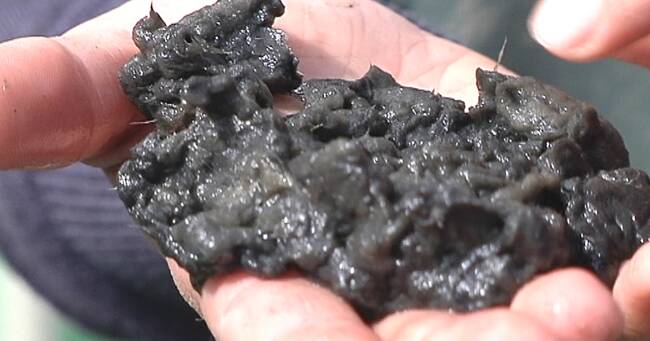For four years, researchers from Uppsala University, among others, have studied the fiber banks created by emissions from the pulp industry along the northern coast.
A report that has now been published states that the environmental toxins contained in the fiber banks risk spreading to surrounding environments.
These are dangerous organic pollutants such as DDT and PCBs, but also heavy metals such as mercury and cadmium.
Studied dissemination
On the High Coast, the fiber banks are on shallow but steep bottoms.
Among other things, the researchers have studied whether the pollutants can spread to the surrounding aquatic environment and studied environmental toxins in benthic organisms, such as scab and sea brush worms.
- Because so much residual products from the pulp industry have accumulated in banks, they have died on the bottom they are on, says Gunnel Göransson, researcher at SGI.
The spread of environmental toxins means that organisms outside the fiber banks can be affected and that the toxins can be spread upwards in the food web.
Researchers have developed a method to estimate the risk of toxins spreading.
A test at the fiber banks at Väja outside Kramfors showed that the risk that, for example, PCBs would spread to a level that exceeds the background values 10 times is almost 100 percent.
Boat traffic is mentioned as a factor that speeds up the spread.
Can be covered
Research is now also underway on possible remediation methods.
- We have an ongoing follow-up project, Fibrem, where we have carried out laboratory tests to cover the fiber banks with an insulating layer, so-called capping, says the project manager, Professor Ian Snowball at Uppsala University.
The research project also includes the Swedish Geological Survey (SGU), the Swedish University of Agricultural Sciences (SLU), Lund University, Stockholm University and the German research institute Marum.

